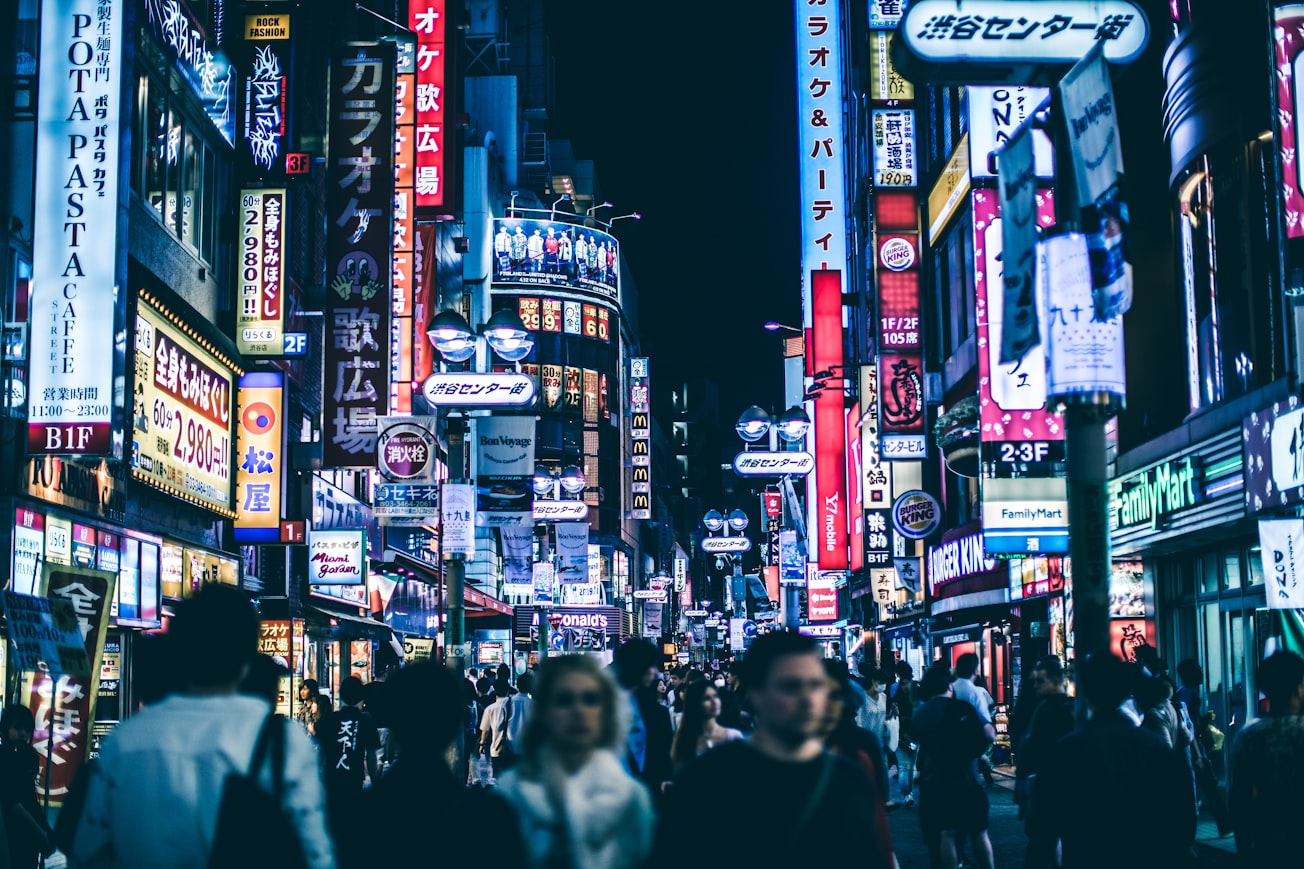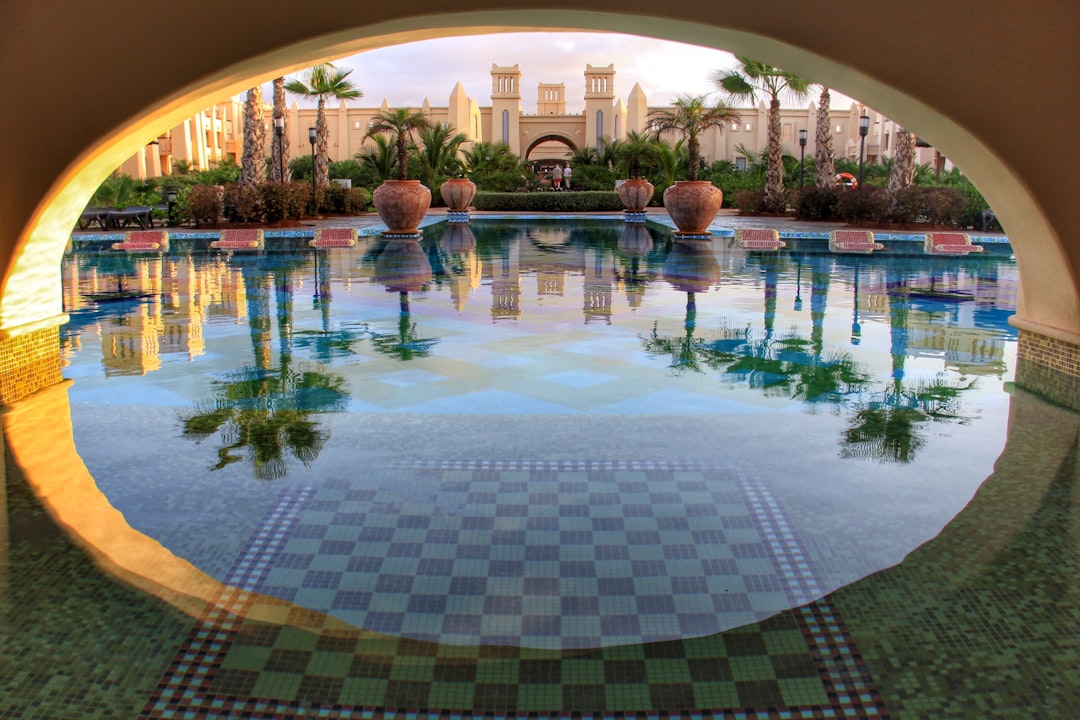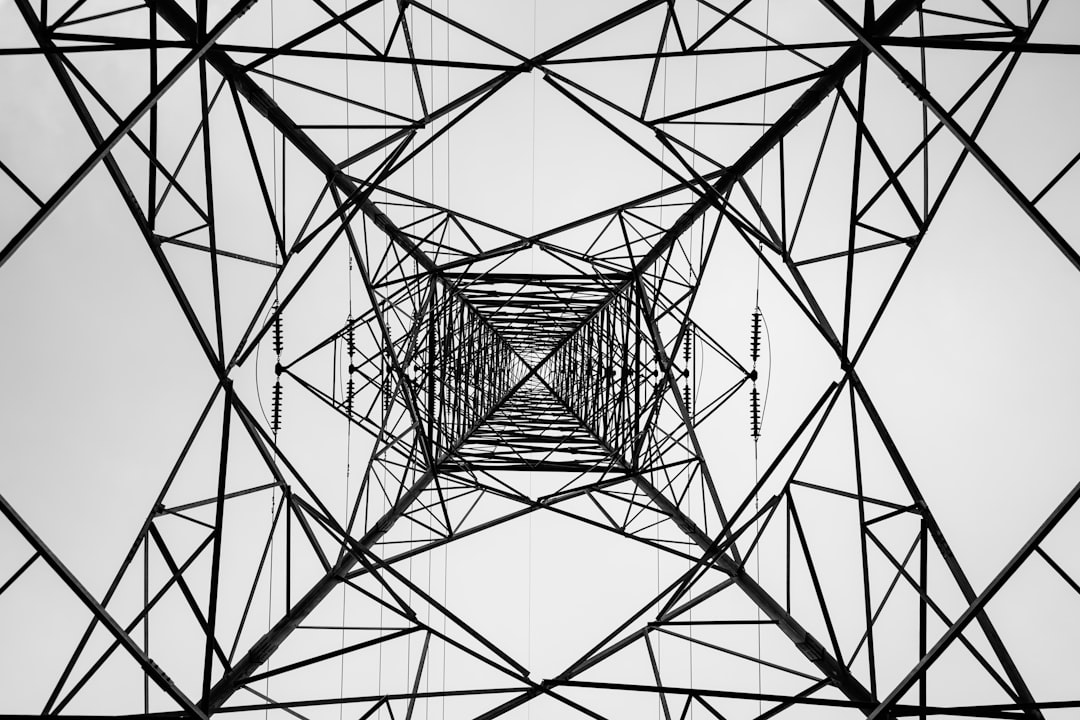What is it about?
The aim of this short paper is to introduce some open-ended considerations on the process of formation and evolution of the modern Japanese urban landscape in the second half of the 20 th century, a process that unfolded since the end of the WWII and heavily relied on the outcomes of the economic growth and social mutation based on the technological innovation and infrastructural development.
Featured Image

Photo by Andre Benz on Unsplash
Why is it important?
The peculiar and distinctive urban landscape of modern Japanese cities resulted by the combination of innovation of foreign origins and also by the re-interpretation of some elements of the local culture and aesthetic tradition. The extreme fragmentation and the patchwork like nature of the urban tissue of most of the Japanese cites is linked to the frantic pace of changes and the overlapping of eclectic forms, dense functions and mixed activities which combine and integrate with the use of a new aesthetic language based on the acceptance of the power of change of the latest technologies.
Perspectives
A critical review of the urban features and characteristics which have shaped the urban image of modern Japanese cities
Dr. Raffaele Pernice
University of New South Wales
Read the Original
This page is a summary of: Changing Architectures and Evolving Urbanism in Modern Japanese Urban Environment, International Journal of Engineering and Technology, January 2014, IACSIT Press,
DOI: 10.7763/ijet.2014.v6.725.
You can read the full text:
Resources
Contributors
The following have contributed to this page










